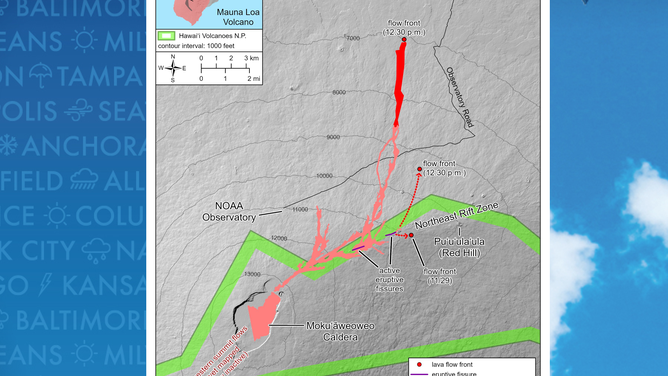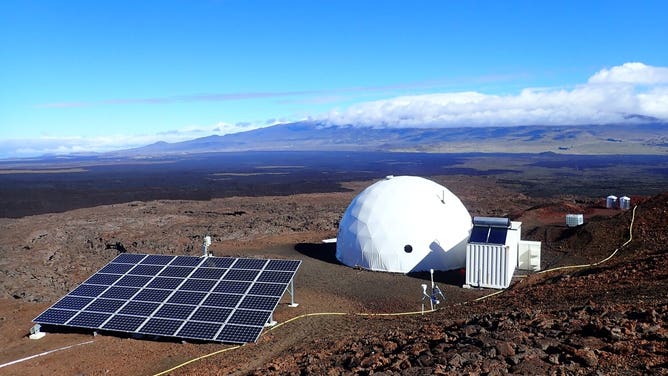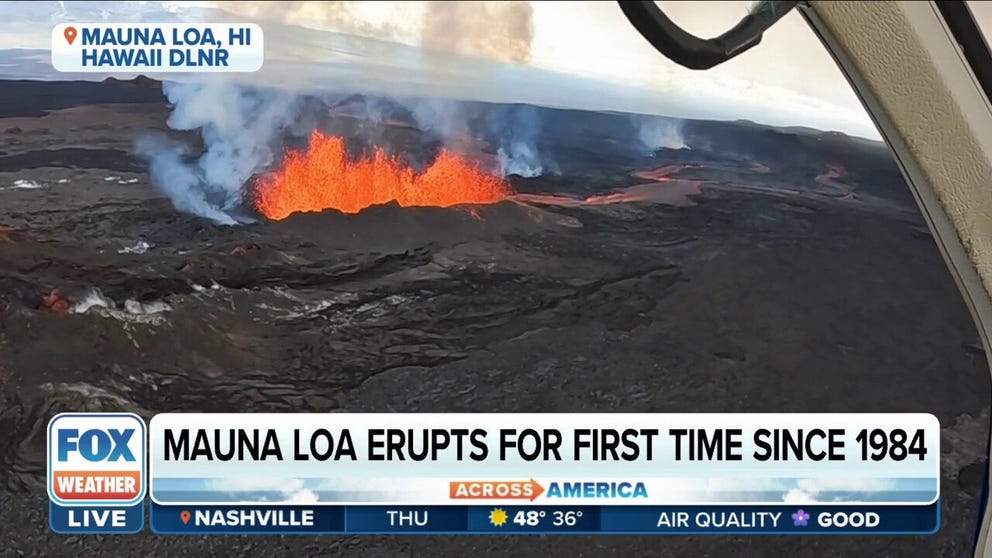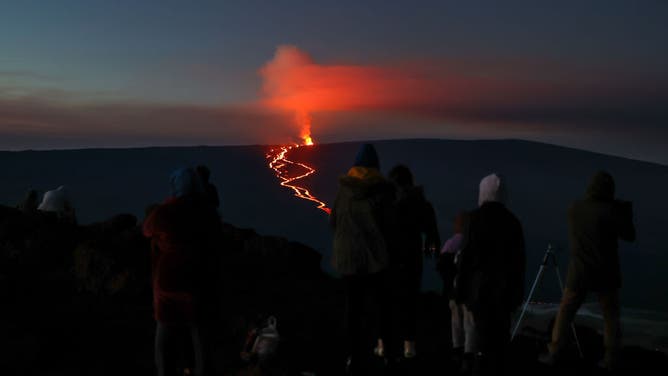Space training facility in Hawaii safe from Mauna Loa lava flow
The remote space training facility, HI-SEAS, located on Mauna Loa, serves as a research facility for exploration of the moon and Mars and is operated by the International MoonBase Alliance.
Officials keep eye on lava threatening Mauna Loa highway
Hawaii County Mayor Mithc Roth joins FOX Weather to discuss the lava flow from the Mauna Loa volcano that is threatening the DKI Highway.
HAWAII COUNTY, Hawaii – A facility that serves as a research center for exploration expeditions to the moon and Mars is safe for now from lava produced by the world's largest volcano.
The Hawaii Space Exploration Analog and Simulation site, located on the slope of the Mauna Loa volcano, was in the general path of the molten lava with temperatures that could be around 2,000 Fahrenheit.
The volcano started erupting Sunday, and impacts have been far away from homes and businesses, but as lava continues its slow advance down the northeast side of the mountain, concerns are rising that crucial infrastructure could be in its path.

USGS lava flow map
(USGS / FOX Weather)
Last week, Dr. Michaela Musilova, an astrobiologist and the former director of HI-SEAS, said the staff was monitoring news reports and updates from the U.S. Geological Survey on the lava flow.
"The facility is currently very much in danger of a lava flow coming directly in its direction. The station is built on the side of a ridge, which may protect it from the flow, but it'll depend on the direction and speed of the flow," Musilova stated.
KEY CLIMATE CHANGE MONITORING SITE TAKEN OFFLINE BY MAUNA LAO ERUPTION
About a week after the eruption began, Musilova shared an update FOX Weather on the status of HI-SEAS.
"The HI-SEAS research station is safe for now. The flow that was heading in its direction, from Fissure 4, has stopped being active, at least for now," Musilova said.
HI-SEAS' habitation dome sits about 1.5 miles above sea level and has been used to replicate conditions astronauts could face during missions to the moon and Mars.
The remote site on Hawaii's Big Island was chosen due to the volcano's rocky environment replicating terrain usually found on the Red planet and other lunar bodies in the solar system.

Remote space training facility in Hawaii threatened by lava from Mauna Loa
(HI-SEAS/Michaela Musilova / FOX Weather)
When a crew is stationed at the facility for months on end, the 1,200-square-foot dome serves as a living and research headquarters where everything from supplies to communication are best replicated to resemble what conditions would be in space.
Since Mauna Loa has been quiet for nearly 40 years, the HI-SEAS site has not dealt with the impacts of an erupting volcano, and some are unsure how the facility will fair during the event.
WHAT MAKES 'PELE'S HAIR' DURING A VOLCANIC ERUPTION
"The facility has never experienced a threat like this before. It has survived hurricanes and earthquakes, but those didn't have any major effect on the facility. This, however, could completely destroy it," Musilova stated.
Missions at the remote site likely will not take place anytime soon.
Musilova believes rural roadways leading to the facility will need to be repaired before staff can return to assess the facility for any possible damage.









